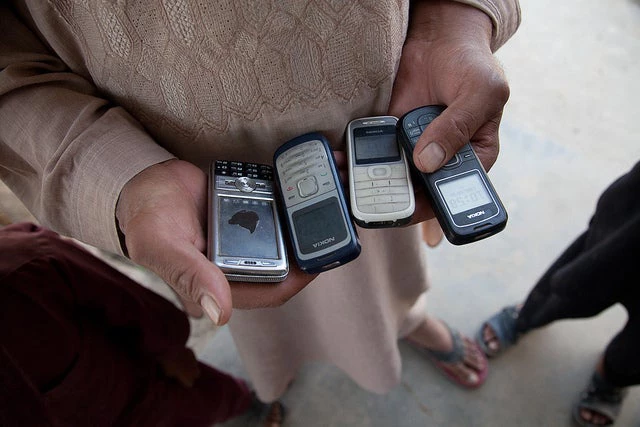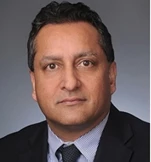Recent innovations in mobile money services have significantly improved the access to financial accounts where 
In such environments, to a large extent cash is in the process of being displaced, however, the financial inclusion needs of the users have only been addressed in a narrow sense. Full financial inclusion by definition requires that the users of the financial accounts not only have access to payment services but also have the ability to save and have access to other financial services.
According to a recent data released by the World Bank, gaining access to financial services does not necessarily mean that such services will be adequately used. In other words, individuals who do not use financial services are not necessarily constrained by participating in the financial sector. The survey shows that 65% of unbanked adults do not use financial accounts due to: lack of money; suitability of financial products and services; and/or high cost associated with low transaction amounts such population segments usually undertake.
This does not mean that mobile money services cannot induce a behavior amongst the unbanked that leads to higher usability of financial accounts including savings.
In a recent research sponsored by the Financial Sector Deepening Kenya, it was found that approximately 34 percent of the users of mobile money services maintained a small balance in their financial account, and that the majority were cashing out their transfers almost immediately. While maintaining a very small amount on mobile money accounts will not have the desired financial inclusion effects, a large number of the unbanked cannot help but save small amounts due to low and variable incomes. The 34 percent registered users who held money in these accounts maintained a balance of approximately US$4. About half of these users indicated that one of the reasons for this was to have funds to send to family, relatives or friends when they need them. The other main reason for holding funds there was safety and security. A much smaller proportion indicated that they were ‘saving’ (approximately one-sixth of users).
The key question here is that if the “usability” of financial services were to be improved by allowing more payment functionality then would it promote higher financial inclusion? The intuitive answer is yes, and this is based on the notion that a large number of the unbanked simply do not use such accounts on grounds that they are not suitable to their needs. Most mobile money programs today offer a narrow range of services including airtime top-ups, person to person (p2p) and limited bill payments capability. MMU estimates that globally out of 5.5 transactions/active person/month, 3.3 are for airtime top-ups.
In our view, the usability is low due to the limited nature of services that can be offered through the existing closed loop models for mobile money service. According to the GSMA, there are 130 mobile money programs in the world today spread over 75 countries. MasterCard estimates that there are approximately 50 million mobile money wallets associated with these programs. Further, only 8 programs out of the 130 have over 1 million active users, and of these 6 are in East Africa where the mobile money services in the existing form are most popular. In these usability remains high only due to the fact that such accounts serve as an effective mechanism for p2p payments. This is not the case for the remaining 122 programs around the world.
To improve the usability of mobile money service accounts beyond a certain population segment or geography requires that the program is designed in a way that improves usability for the population segment in question as opposed to relying on what has worked elsewhere. This requires a good understanding of the local market dynamics and consumer needs. Also, in designing such products, careful consideration should be given to solutions that serve multiple payment needs of the user including person to airtime top-up, person remittances (domestic and cross border) , bill payments, merchant payments and other financial service such as interest bearing savings account, credit, and insurance. It is also important that the mobile money service programs designed in a country address
Barriers to achieving full financial inclusion
In a closed loop mobile money environment that we know today, the impact of mobile money services on financial inclusion is marginal as a wide range of payment and financial services are not possible. Broader financial inclusion can be achieved through establishing a mobile ecosystem that can support both closed loop as well as open loop schemes and can provide interoperability between the scheme operators.
However, such mobile ecosystems are still in early stages of development and continue to face regulatory or market barriers including
• Legal and regulatory framework: non-existent or underdeveloped regulations that clearly define role of payment service providers – both banks and non-banks in issuance of electronic money instruments.
• Business case for large scale investments in mobile money services: the business case for a full blown mobile ecosystem is still speculative and unless scale is proven the service providers will continue to leverage existing infrastructure.
• Lack of standards: Unlike more established forms of electronic payments, there is a lack of global standards that will help establish vibrant mobile ecosystems.
• Underdeveloped B2C program management practices: MNOs are new to financial services business and Lack capability to adequately manage various aspects of the mobile money value chain including customer acquisition, account activation, usage and customer retention.
Achieving full financial inclusion requires going beyond the narrow range of payment services to a broader range of services which will ensure that the account users find these suitable to their needs. Evidence has shown that existing mobile money arrangements have a limited scope in providing wide range of services. A concerted industry effort is required with support from policymakers to facilitate establishment of mobile ecosystems which provide both interoperability as well a wide range of services. Until this happens, it is hard to say that mobile money is a magic bullet for promoting financial inclusion.


Join the Conversation